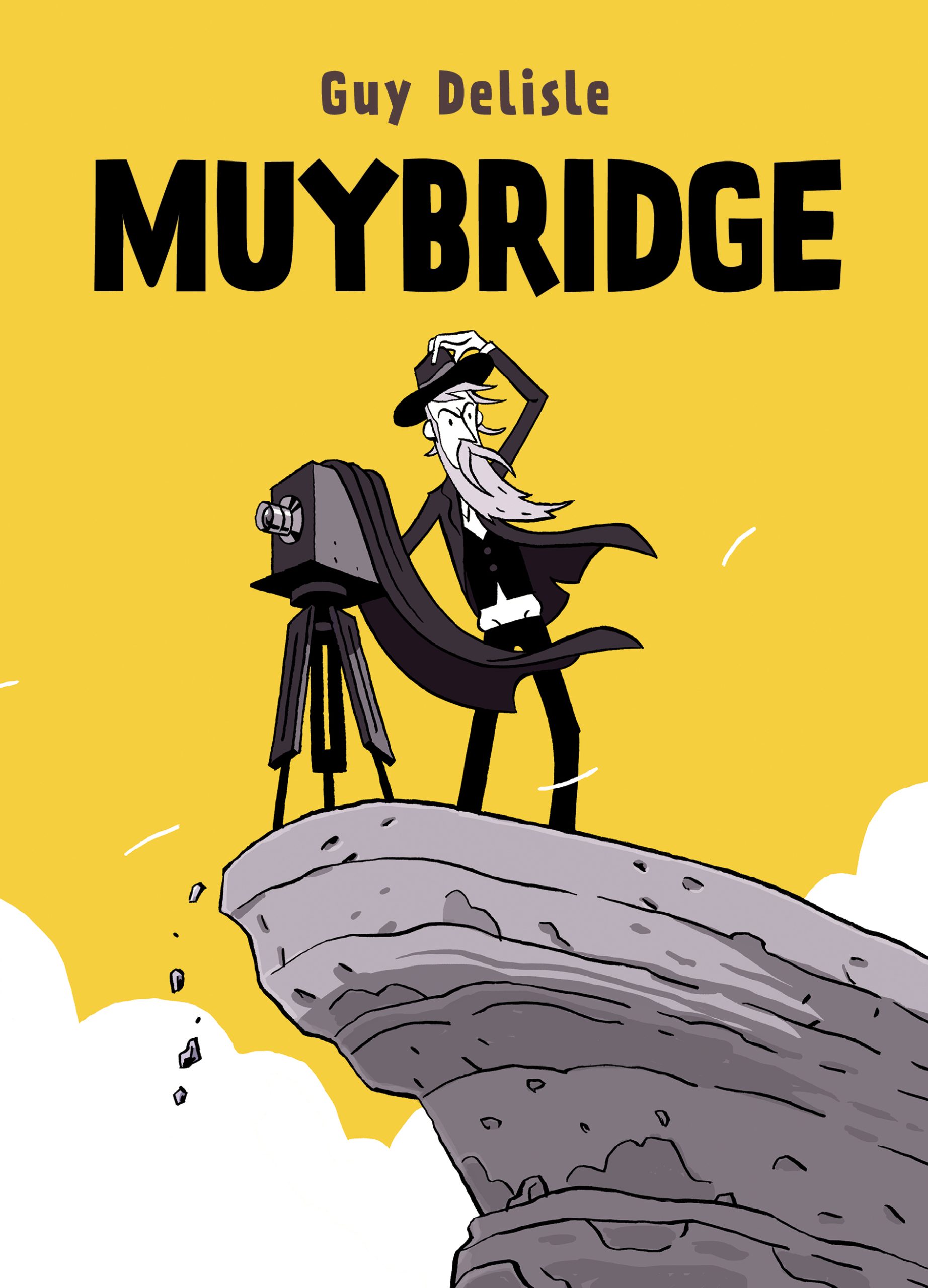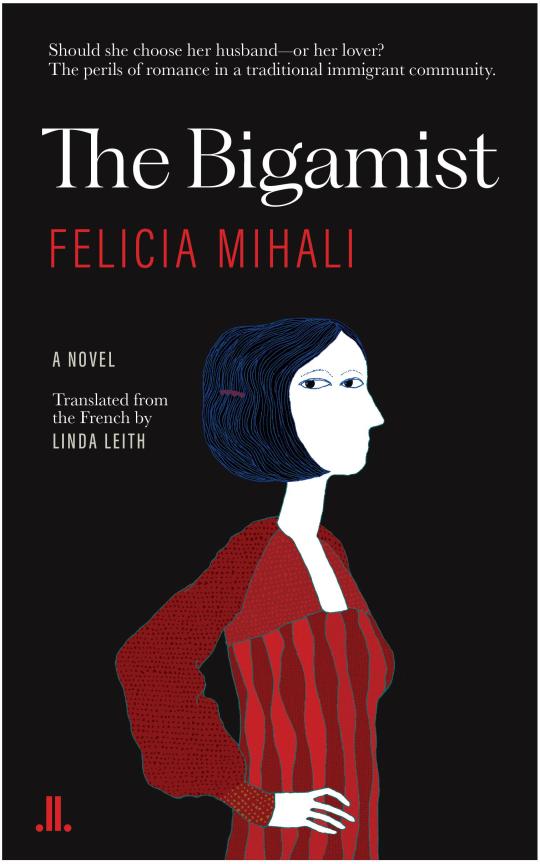Race Without Rules
N. A. T. Grant
Llumina Press
$18.95
paper
230pp
1-932560-52-1
It would be a shame to give away too much of the plot, but the major characters include Karl Treiger, an unwilling member of a group of neo-Nazis who hatch a plan to conquer the world through genetic engineering, and Megan Brodie, a Cree-Scottish woman who had been on trial for murder after killing the biker who raped her and threatened her daughter. Megan’s friend Fiona is attacked by a thief who is hell-bent on getting some old plans of her Westmount neighbourhood and is willing to commit murder and arson to get them. In the meantime, Trieger is escaping a trap set by Stoltz and Higler, two young Aryans who are the results of genetic engineering. Race Without Rules has a complex plot unfolded by a natural storyteller.
Unfortunately Grant ends the book like The Perils of Pauline, with the heroine figuratively on the railroad tracks with the train steaming towards her. Fear not, though; the sequel, Running the Race, should be available in November. mRb






0 Comments